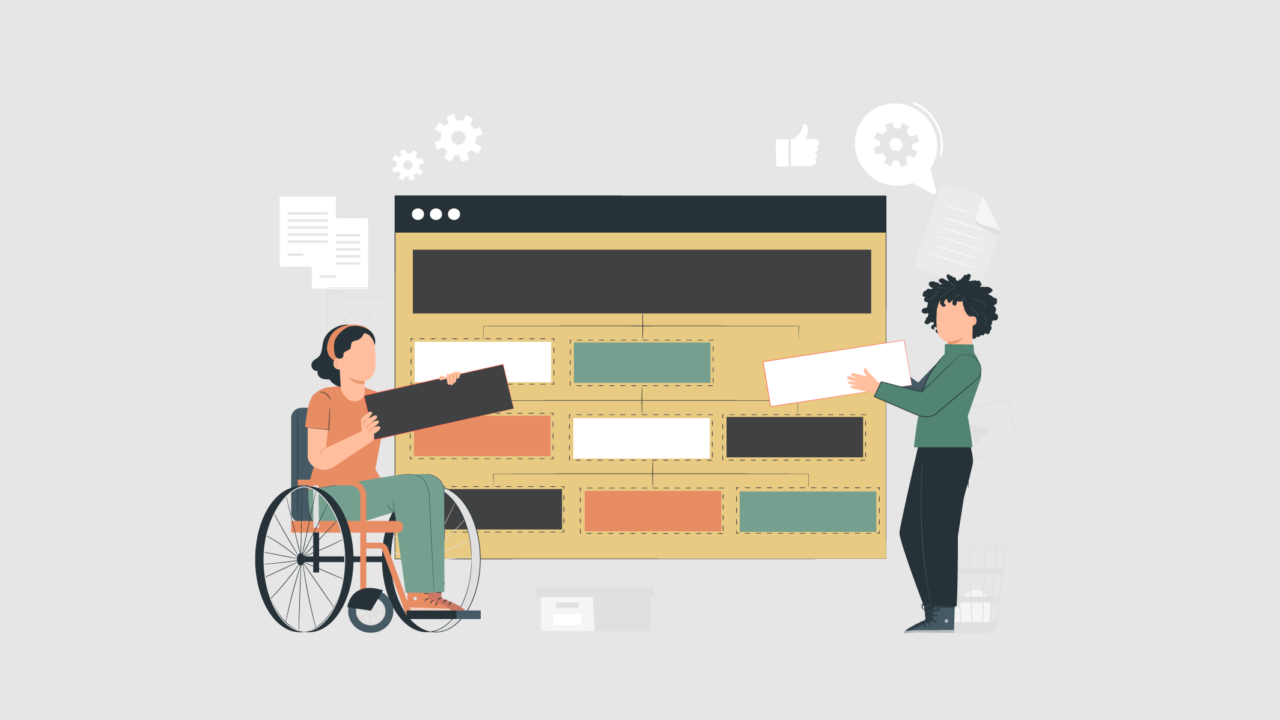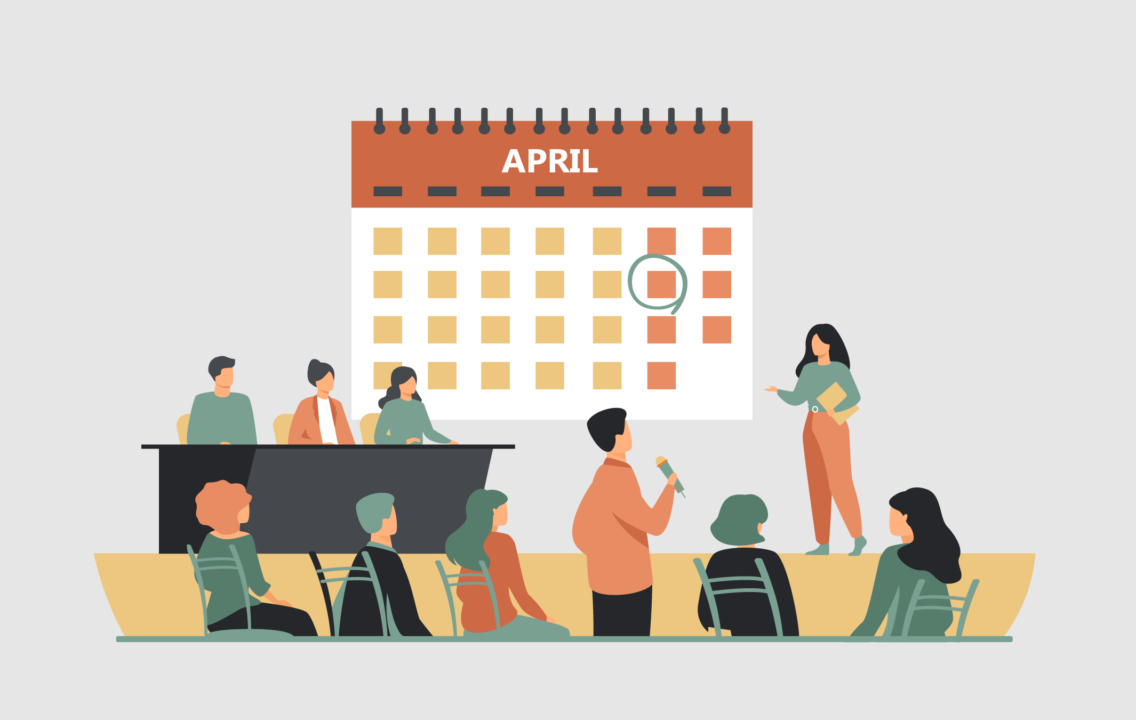Accessibility is a critical aspect of event planning. Because individuals with disabilities, elderly individuals, and other groups may face barriers to participating in conferences, meetings, and other large gatherings, it’s important to consider accessibility in design and logistics, communication and accommodations when designing your next event.
What is accessibility?
The goal of accessibility is to make spaces usable by as many people as possible, including those with visual, auditory, motor, and cognitive impairments. Accessibility also involves creating products that are usable without modification or that can be easily modified to accommodate a wider range of individual needs and abilities.
And although protecting accessibility is a law under the Americans with Disabilities Act (ADA), it’s also just the right thing to do. Accessibility is deeper than a legal requirement — it's a civil rights issue and a moral obligation that organizations have to their members and prospective members.
Accessibility considerations for design and logistics
The first step in planning an accessible event is to consider the design and logistics of the event. This includes considering the location, layout, and overall design of the event space. The following are some key considerations:
1. Physical accessibility
Ensure that the event space is physically accessible to individuals with disabilities. This includes providing:
- Ramps for entering (and navigating) the building
- Elevators that can accommodate wheelchairs and other mobility equipment
- Ample and clearly designated restrooms
It’s also critical to make sure your event is located near accessible transportation options. If this is not possible, work with your company to brainstorm transportation hubs or other options so everyone can join.
2. Parking
Ensure that there is accessible parking near the event space, with clear signage to guide attendees. This is not a set-it-and-forget-it proposition, though. Parking attendants need to monitor accessible spaces to make sure they remain open for the duration of the event.
This might include ticketing or towing attendees who are not in permitted vehicles. It’s best to make this clear in any registration materials that accessible parking is for those in permitted vehicles only.
3. Seating
Ensure that there is accessible seating available for individuals with disabilities, including individuals who use wheelchairs. This seating should be available in all areas of the meeting space — don’t assume that people in wheelchairs or with mobility aids want to sit in either the back or the front (or where it’s most convenient for you).
Regardless of where you locate seating, consider sightlines. Make sure speakers can be clearly seen and heard from every vantage point.
4. Aisle space
At a minimum, there should be enough space in the aisles for individuals who use wheelchairs or mobility devices to pass through. The ADA mandates that accessible aisles be eight feet wide and have at least one five-foot-wide access point.
However, there are other considerations when it comes to moving through space. Aisles and walkways should be clear of rugs and other tripping hazards. If running cable across a walkway is unavoidable, it should be clearly marked and taped down as flush to the floor as possible.
Related: 6 Event Planning Lessons I Learned the Hard Way
Learn More >
Accessibility considerations for communication
Once you have considered the design and logistics of the event, the next step is to focus on communication. This is how you let people know what accessibility options will be in place — during the registration process and at the event space.
1. Event website
Is your event website accessible for those with hearing or vision impairments? Keep the design of your website simple, with buttons that make it easy to gather all the necessary information.
Avoid:
- Crowded pages
- Tiny buttons
- Distracting images or anything extraneous
Simple doesn’t need to be boring. Focus on designing a website that is easy to use and highlights available accessibility accommodations.
2. Marketing materials
If you are marketing through direct mail or other types of materials such as posters, brochures, and emails, follow the same guidelines you used on your website. Keep information clear and simple, and minimize distracting images or information.
3. Registration
Regardless of how people register for your event, include information about accessibility needs in the registration process. Attendees should be able to indicate what accommodations they will need to get the most out of their attendance during the registration process, too.
4. Pre-event communications
Once attendees are registered, keep them informed of any changes to accessibility options leading up to the event. This is especially important if you have promised a specific type of accessibility before you nailed the logistics down.
Accessibility considerations for accommodations
Your attendees are registered, and pre-event communication is effective. At the event itself, you’ll need a rock-solid plan for accessibility so that everyone receives information during the event in a way that’s clear and meets their needs
1. Assistive technology
Assistive technology comes in many forms and can be very useful depending on the assistance needed.
Consider these lists of assistive technology for vision, hearing, and speech from Minnesota’s Guide to Assistive Technology.
Visual assistive technology
- Magnifiers
- Talking thermostat
- Braille displays
- Screen reading software
- Text-to-speech systems using Optical Character Recognition (OCR)
- Large print materials
Hearing
- Personal amplification systems
- Wireless TV listening systems
- Portable closed captioning system
- Face-to-face dual keyboard communication system
- Mobile devices with texting or specialized apps
Speech communication
- Voice amplification systems
- Fluency assistance devices
- Communication boards
- Speech output software
- Symbol-making software
- Speech generating devices
2. Service animals
Under the ADA and many state and local laws, accessibility means that people with service animals have access to all public spaces with their animals. This does also mean making sure service animals have their needs met, too. Areas for potty breaks need to be accessible for handlers.
3. Sign language interpretation
If personal hearing assistive devices are not an option, consider the use of sign language interpretation for individuals who are deaf or hard of hearing.
4. Real-time captioning
Sign language interpretation isn’t always readily available. If this is the case for your event, real-time captioning may work for individuals who are deaf or hard of hearing.
Make sure all are welcome
In the end, your event will only be successful if all participants have the same access to the space and the activities you are planning.
By considering accessibility in the design and logistics, communication with attendees, and necessary accommodations, you can ensure that everyone has an equal opportunity to participate and enjoy the event.
Suzannah Kolbeck
Suzannah Kolbeck writes, paints, and rides horses in Baltimore, MD. She is the author of Healing Where You Are: An Introduction to Urban Foraging.






